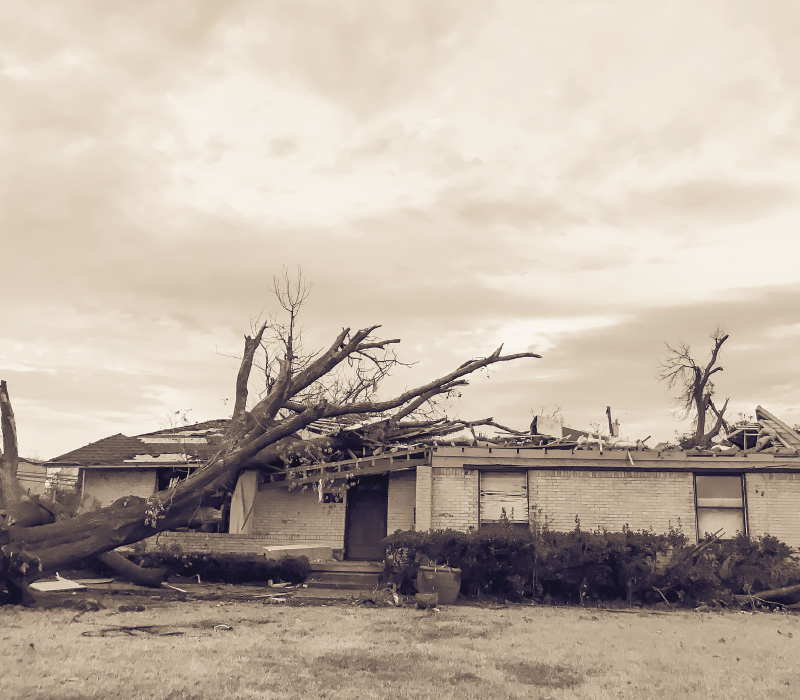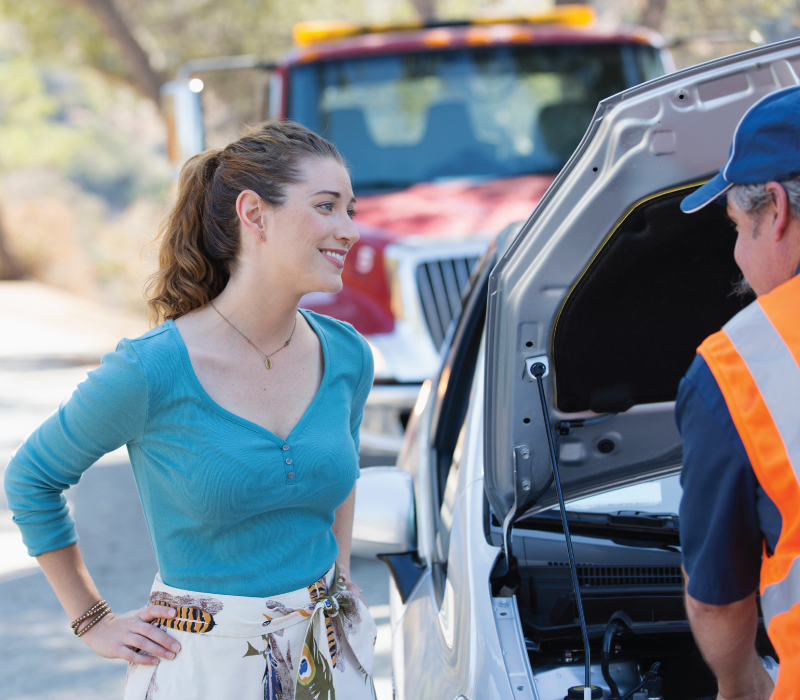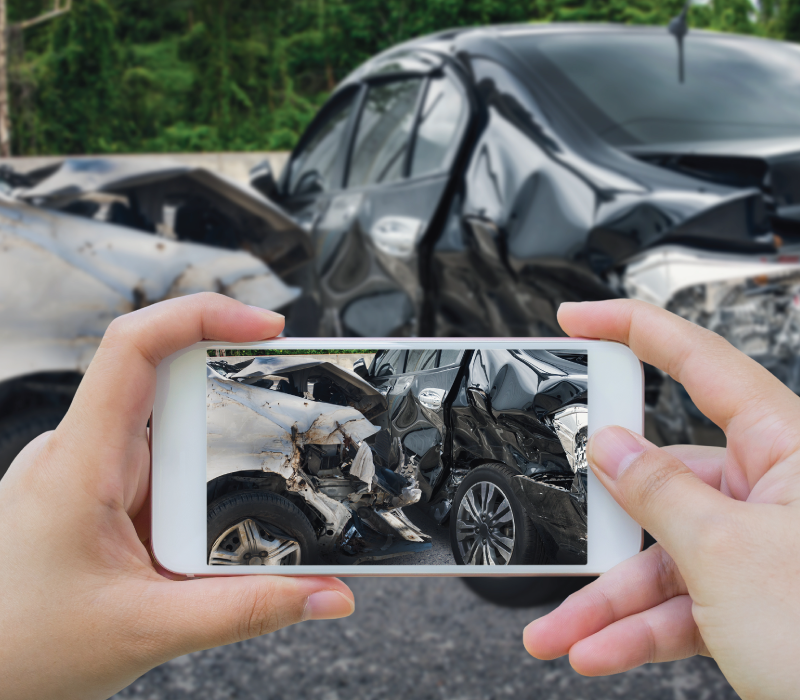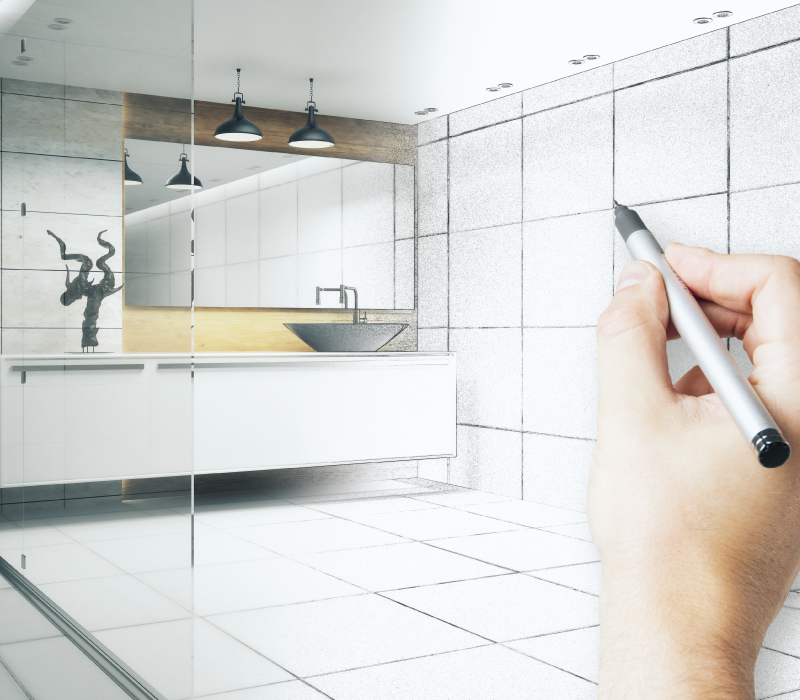Generator Safety

- Always read and follow the manufacturer’s manuals before actually utilizing your generator.
- Do not leave your generator unattended. Do not leave it running when you are away from the generator’s location at your home or business.
- Regularly check your generator during use.
- Always be alert when touching the generator as many parts are hot and can cause burns.
Ensure the Generator is Properly Connected To Prevent Electrical Hazards
Electricity provided by your generator is prone to similar hazards as that of regularly-supplied electricity. Additional risks are imposed on you especially if the generator bypasses safety devices (e.g. circuit breakers) built into the electrical systems. It is best to get the help of an electrical contractor (or device manufacturer) to correctly install your generator.
- Always heed the instructions of the manufacturer when it comes to correctly grounding the generator. This is to prevent electrical shock.
- Before you actually touch the generator, ensure you have dry hands and you’re not standing on a wet surrounding.
- Never use a wall outlet to plug in your generator.
- When you want to plug your appliances into your generator, you should use cords specified by the manufacturer. Also, you can utilize extension cords that are three-pronged and have the correct amperage rating.
- Always remember that generators are extremely hot while in use and remain at high temperatures for a long period of time after being shut down, and should be considered fire hazards.
Generators Should Not Be Operated Indoors
Generators should not be used indoors, in basements, in garages, or even near windows, doors or vents. Your generator should be kept at least 25 feet away from your place of residence or business. It is best to check the recommendation of the manufacturer and your local ordinances as well. Take into account your neighbors windows, doors and vents as well. This is due to the fact that a generator’s exhaust can build up carbon monoxide. This odorless, colorless toxic gas can lead to serious illnesses (or death).
There should be a clear space of about 4 feet on every side of the generator and above it as well. This is to ensure proper ventilation.
Carbon monoxide (CO) alarms with backup batteries should be installed within your house or place of business. Regularly test these alarms and reinstall batteries according to the manufacturer’s recommendations.
Safely Refuel Your Generator
You must always be cautious when you refuel your generator to avoid starting a fire or incurring burns. Below are some safety tips to follow when refueling your generator.
- Turn your generator off first and wait for it to completely cool off before you refuel. Fuels used for generators can actually ignite if they are poured on hot parts such as engines.
- Do not refuel while your generator is operating.
- Generator fuels should be stored and transported within approved containers.
- Generator fuels must not be kept near your house. They should be kept in well-ventilated locations separate from your house or business, or in storage cabinets approved for flammable liquids.
- Never smoke when you are refueling the generator or are around the fuel containers.










